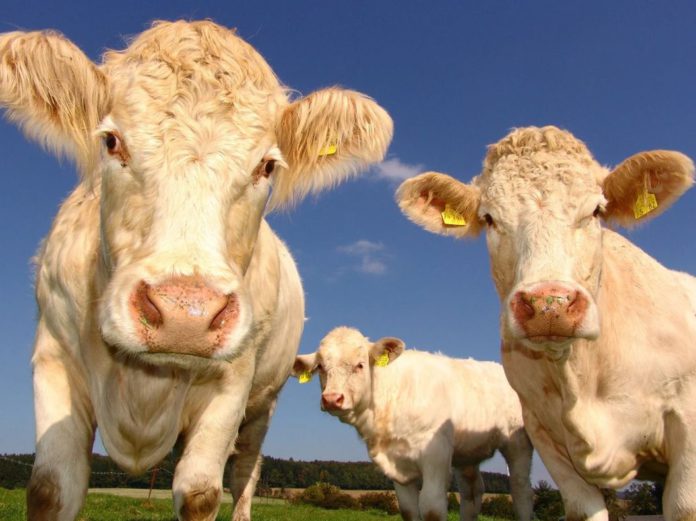When controlling parasites at housing one that should not be overlooked is lice, writes Aidan Murray, Teagasc beef specialist.
Once cattle come into sheds, the conditions for both biting and sucking lice to flourish, improve.
Lice infestation
Cattle grow thicker coats, temperatures are declining, cattle are indoors and are not being exposed to as much UV light. They are in closer contact with each other and nutrition on offer may not be as good.
If housing conditions are poor or animals are stressed, the problem can become worse.
All lice cause severe irritation and itching, causing hair loss as cattle react by rubbing or licking themselves.
Infested animals are often restless, focusing on their discomfort rather than eating and if the problem is caused sucking lice, they may become anaemic.
Severe itching can lead to broken skin which can give rise to secondary infection. Animals that are heavily infested will increase the wear and tear on the gates and barriers in sheds.
Lifecycle
The life cycle of lice is relatively short, as little as 3-4 weeks, so if cool conditions persist, lice numbers can quickly increase.
On the positive side, because the entire life cycle of lice happens on the host animal, it makes control a little easier.
Adult lice lay eggs, the eggs hatch and become nymphs and then mature and become adults about 28 days after hatching.
None of the treatment products kill the eggs, and most of them do not have a long enough residual effect to kill the lice that will hatch out after treating.
Control
There are basically two types of products used in the control of lice. You have the:
- Pour-on synthetic pyrethroids a
- Injectable or pour-on avermectins.
Injectable and pour-on products can be used for mange mites and sucking lice, but only pour-on products are effective against biting lice.
The pour-on products will disperse throughout the fat layer which is how they become effective against the biting lice as biting lice do not ingest blood.
If using a pour –on to control lice, it is generally best to clip the backs of cattle. It is also important not to underdose.
Check every 2-3 weeks
Lice spread very readily between cattle and the main route of transmission is by direct contact. So, all in-contact animals should be treated at the same time.
It is also important to treat any bought-in animals before they are let join any groups of housed cattle that have been already treated.
Cattle should be checked two to three weeks after the initial treatment just to make sure they are not showing signs of infestation.
The reason you may have to treat again after 2-3 weeks is to kill off any of the lice that have hatched from eggs since your last treatment.





